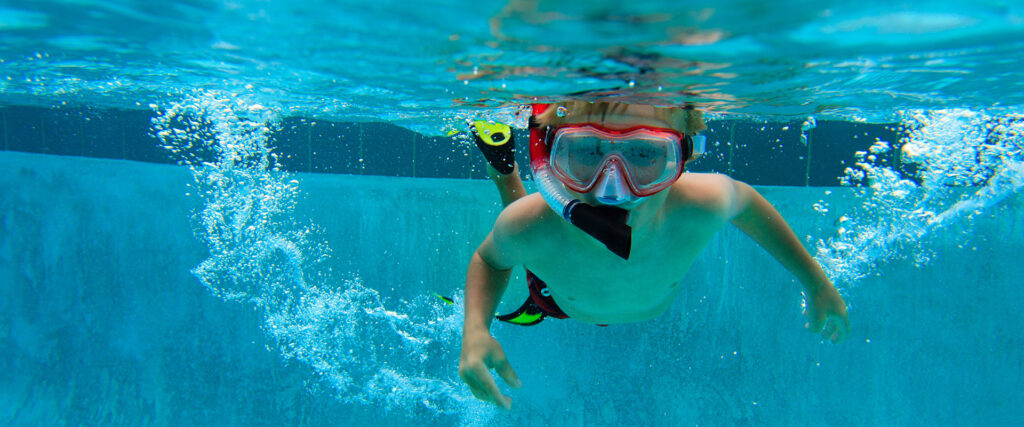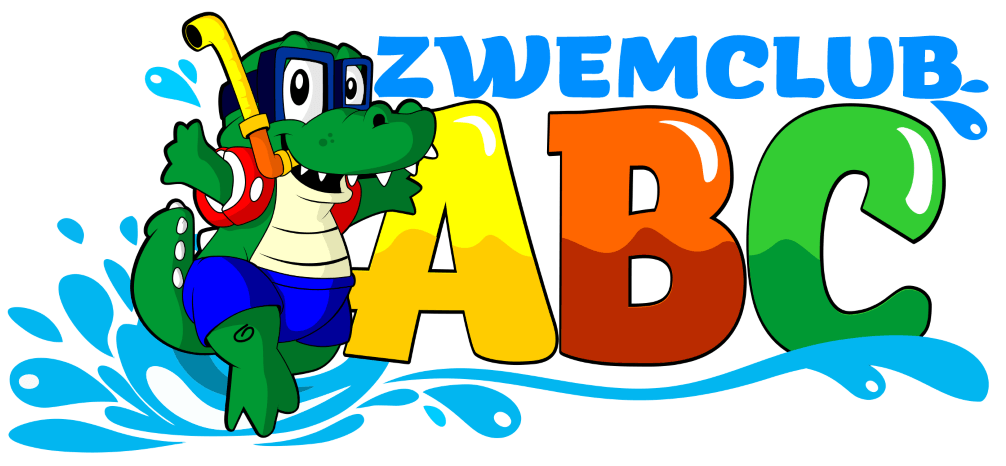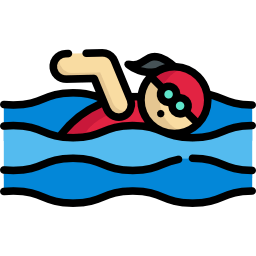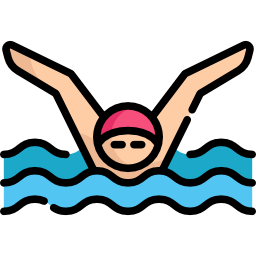
Frequently asked questions
Frequently asked questions
What is the National Swim Safety Standard?
The National Swimming Safety Standard is equivalent to swimming certificate C. The complete Swimming ABC is a passport to a lifetime of swimming fun.
My child is ill. How should I sign my child out?
This can be done via swimmingclubabc.easyswimportal.com/personal
Can my child make up a missed lesson?
This is possible with all group memberships. With the rest of the memberships, the lessons continue. It is only possible to make up the lesson if you have signed your child out via swimclubabc.easyswimportal.com/personal.
As a parent, is there anything I can do to speed up learning to swim?
You can make it easier for your child by swimming a lot. Then don't do exercises, but make swimming fun. For example by playing games, or going down the slide together
How do I know when my child can swim?
The swimming instructors check each lesson which children are eligible for diploma swimming. We call this "selection". As soon as your child is ready, you will be notified by e-mail.
Why does one child graduate faster than another?
All children can learn to swim. The fact that a child needs to practise a little longer may have to do with motor skills. Not everyone develops at the same pace. However, it often also has to do with anxiety. Remember that your attitude can also have an impact. If you constantly warn your child that water is 'dangerous', it may be that it frightens him/her.
Can I terminate membership earlier?
We offer a one-year membership. It can be terminated after one year, or on obtaining the swimming diploma via Zwemclub ABC. Quitting in the interim is not possible with us.
Why do children swim with clothes on during diploma swimming?
The purpose of clothed swimming, is to recreate a realistic situation a child may find himself in. This ensures that a child will not panic if this situation actually occurs.
How do I know if I have a real National Swimming Certificate?
The Swimming ABC issued by the National Swimming Safety Council has a number of authenticity features. On the front of the diploma, a unique number and a silver hologram can be seen on the top left in a white clip below our logo. In addition, the 'ABC' block is characteristic of the Swimming ABC.
What is the ideal age to learn to swim?
The earlier the child is safe in the water, the better. The recommended age according to the NRZ, for the A-diploma is 4.5 to 5 years.
How long is the waiting list?
We currently have a short waiting list. This means that your child can start with us as soon as possible after registering via our website.
Can older children and adults also take swimming lessons?
You can also learn to swim at a later age. We also offer swimming lessons for adults and older children at our Amstelveen location.
My child is anxious after the first swimming lesson. What now?
A first swimming lesson leaves an impression on a child, which creates tension. In some children more than others. We therefore advise you to discuss this with the swimming instructor at all times. Our instructors are specialised in this and can respond to this during the lesson.
Can my child wear swimming goggles?
In case of medical necessity, it is recommended to discuss with the swimming instructor whether and when chlorine goggles may be used during lessons. During diploma swimming, swimming goggles are not allowed (except for breast and back crawl). The reason? If your child ends up in the water unexpectedly, he/she won't have swimming goggles on either and your child should be able to manage.
How is my child progressing?
We work with a student tracking system called Easyswim. If you log in, you can track your child's swimming performance.
Is that supposed to be the hole in that sail underwater?
Since 1998, in diploma swimming, children must swim underwater through the hole in a sail hanging vertically in the water. This task was added because the NRZ considers it important for a child to not only be able to swim underwater, but also to get their bearings by looking around them
What is meant by different levels of swimming safety?
The National Swimming Safety Council has linked each level of swimming safety to a Swim-ABC diploma. You do not meet the National Swim Safety Standard until you have the full Swimming ABC in your pocket. Swimming diplomas A and B are intermediate steps towards the complete Swimming ABC.
Swimming diploma A: you master skills for a pool without attractions;
Swimming diploma B: You master skills for a pool with attractions, such as a (wildwater) slide, a wave pool and a rapid;
Swimming diploma C: you master skills for a swimming pool with attractions and in open water without current or large waves, such as recreational lakes and wider ditches/canals (except in the sea). With this diploma, you meet the National Swimming Safety Standard.




